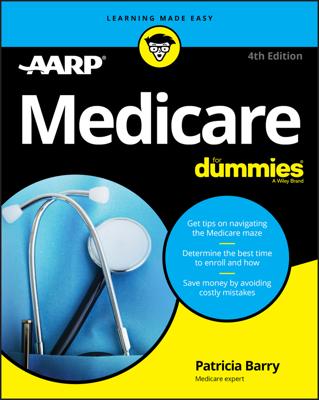Medicare Part A is usually described as hospital insurance — a term originally coined to distinguish it from medical insurance (Part B). But the phrase is misleading. "Hospital insurance" sounds as though Part A covers your entire bill if you're admitted to a hospital, but it doesn't work that way.
The services you receive from doctors, surgeons, or anesthetists while you're in the hospital are billed separately and are covered under Part B. And you don't even have to be hospitalized to get services under Part A, because some are provided in settings outside the hospital or even in your own home.
A more accurate way to think of Part A is as coverage primarily for nursing care. It helps pay for the following:
- The services of professional nurses when you're admitted to a hospital or a skilled nursing facility (such as a nursing home or rehab center) for short-term stays or when you qualify for home health services or hospice care in your own home
- A semiprivate room in the hospital or nursing facility
- All meals provided directly by the hospital or nursing facility
- Other services provided directly by the hospital or nursing facility, including lab tests, prescription drugs, medical appliances and supplies, and rehabilitation therapy
- All services provided by a home health agency if you qualify for continuing care at home
- All services provided by a hospice program if you choose to stop treatment for a terminal illness
But of course Part A services themselves aren't free. You still pay deductibles and co-payments for specific services.

